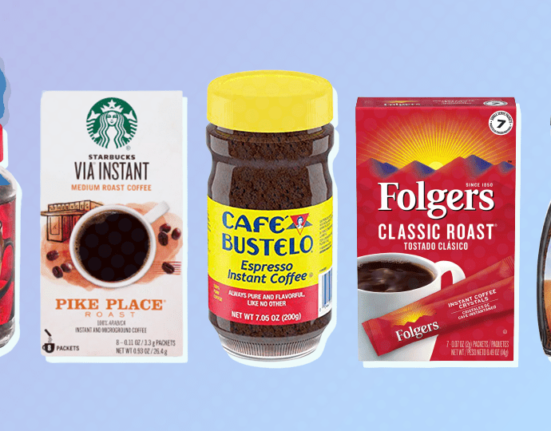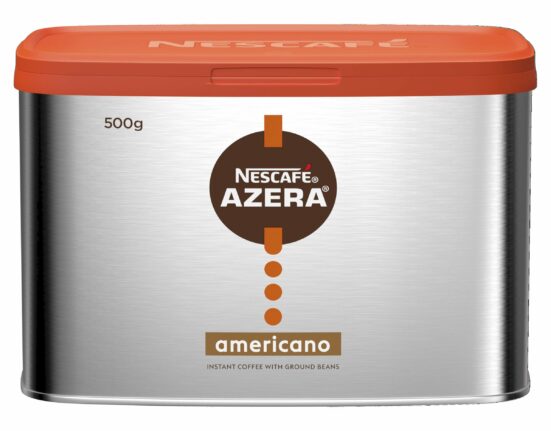In the intricate world of coffee, the debate between single-origin and blend offerings manifests as not merely a matter of taste, but as a profound journey into the cultural, geographical, and historical complexities of this beloved beverage. As coffee connoisseurs seek solace in their morning cup, the choice between these two paradigms often raises intriguing questions about authenticity, flavor, and sustainability. This discourse endeavors to illuminate the variances between single-origin and blends, facilitate informed choices for enthusiasts, and ultimately enrich the coffee experience.
Embedded within the choice of coffee lies a narrative of origin, reflecting the landscape, climate, and cultivation practices that yield distinct flavor profiles. To fully appreciate this narrative, one must delve into the undercurrents that define these two categories.
The Allure of Single-Origin Coffee: Unearthing Distinctiveness
Single-origin coffee is meticulously sourced from a specific region, a particular farm, or even a unique varietal of the coffee plant. This approach champions transparency, where the story of each bean can be traced, fostering a deeper connection between the drinker and the source. A hallmark of single-origin coffee is its ability to encapsulate the unique terroir—an amalgam of environmental factors that influence the taste of the beans, including soil composition, altitude, and microclimate.
Single-origin coffees often entice with their intricacy and vibrant individuality. For instance, beans sourced from Ethiopia might exude floral notes and citrusy brightness, while Guatemalan coffee may evoke rich chocolate undertones juxtaposed against a subtle acidity. Such diversity invites a sensory exploration reminiscent of savoring fine wine, where each sip unfolds layers of complexity. The prominence of particular micro-regions can create aromas that pay homage to local ecosystems and cultivation techniques that have been passed down through generations.
Moreover, the rise of direct trade practices has increasingly allowed consumers to engage with coffee growers, ensuring that producers receive equitable compensation for their labor. This relationship not only fosters economic sustainability but also emphasizes ethical consumerism, highlighting the importance of supporting local communities. Single-origin coffee advocates illuminate the profound impact of conscious choices, encouraging a symbiotic relationship between the drinker and the farmers.
The Complexity of Blends: A Harmonious Symphony
In contrast, the world of blends stands as a rich tapestry woven from various single-origin beans, artfully curated to create a specific flavor profile that epitomizes balance and consistency. Master roasters engage in the alchemical process of blend creation, meticulously experimenting with different ratios to achieve a desired outcome. The blending process allows for a harmonious interplay of taste and aroma, smoothing out imperfections that may arise from singular varieties.
A well-executed blend can evoke a sense of familiarity while simultaneously holding the potential for surprise. Blends often surface as the preferred choice for various brewing methods such as espresso, where the robustness and creamy mouthfeel are paramount. Proponents of blends argue that they encapsulate a more versatile experience, catering to palates across different preferences and occasions. A carefully crafted blend can evoke a comforting cup devoid of the unpredictability often associated with single-origin coffees.
Interestingly, blends often draw inspiration from widely varying regions. For example, a blend might incorporate beans from Latin America, Africa, and Asia. This amalgamation creates a delightful complexity that can introduce spice, sweetness, and acidity in ways that a single-origin experience may not permit. For those who cherish stability in flavor and appreciate versatility, blends offer a practical yet rewarding avenue for coffee consumption.
Navigating the Choice: Personal Preference and Context
As one embarks on the journey of choosing between single-origin and blends, it is crucial to engage in self-reflection regarding one’s preferences and intentions. One’s experience with coffee can be shaped not only by taste but also by an emotional connection to the beverage. Contextual factors—such as the occasion, the method of brewing, or the atmosphere—may influence the decision-making process considerably.
For instance, an instance of ritual may call for single-origin coffee, where the nuances and storytelling of the coffee can be savored in a slow, contemplative manner. The act of brewing becomes an experience, one that invites mindfulness and encourages an exploration of cultural significance. Engaging with single-origin coffees may inspire geographical curiosity, igniting an interest in the rich cultural heritage of coffee-producing nations.
Conversely, for casual settings or social gatherings, opting for a robust blend might be more favorable. A blend—a consistent yet multifaceted offering—can cater to varying palates in a communal context without alienating drinkers who prefer lighter or bolder flavors. It serves as a gallant diplomatic envoy, bridging gaps between diverse preferences and creating a collective enjoyment of coffee.
Regardless of personal inclinations, the choice does not manifest as mutually exclusive. Both single-origin and blends have intrinsic value, with each providing opportunities for exploration and discovery. The juxtaposition of these two approaches amplifies the richness of the coffee landscape and propels an ongoing dialogue among aficionados.
Ethical and Environmental Considerations: A Broader Perspective
As the coffee industry grapples with pressing concerns—ranging from climate change to economic disparities—it becomes paramount to understand the ethical implications of our coffee choices. Single-origin coffees often benefit from direct trade and fair trade practices, which prioritize equitable compensation and sustainable farming methodologies. This ethos encourages consumers to remain curious and informed about the origins of their favorite brews.
In contrast, the blending of coffees can sometimes obscure individual sourcing stories. However, ethical roasting practices are gaining traction, with committed roasters exploring ways to ensure responsible sourcing while maintaining the creativity and artistry of blending. By demanding transparency, consumers wield the power to champion ethical practices within both single-origin and blend offerings.
Conclusion: The Diverse Palette of Coffee
Ultimately, the distinction between single-origin and blends invites us to engage with coffee on a deeper level. Each category offers a unique entry point into the rich tapestry of flavors and cultural narratives that characterize this ubiquitous beverage. Understanding these differences fosters a sense of appreciation not only for the drink itself but also for the communities that cultivate it.
The final choice between single-origin and blends transcends mere preferences. It serves as an opportunity for introspection, ethical engagement, and connection—both to the complex world of coffee and to the larger global community. As you embark on your next coffee journey, allow yourself the pleasure of exploration, knowing that every cup tells a story waiting to be savored.








Leave feedback about this